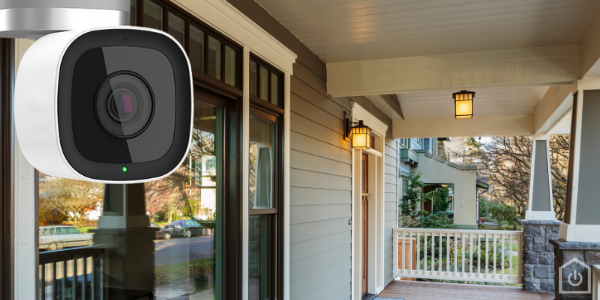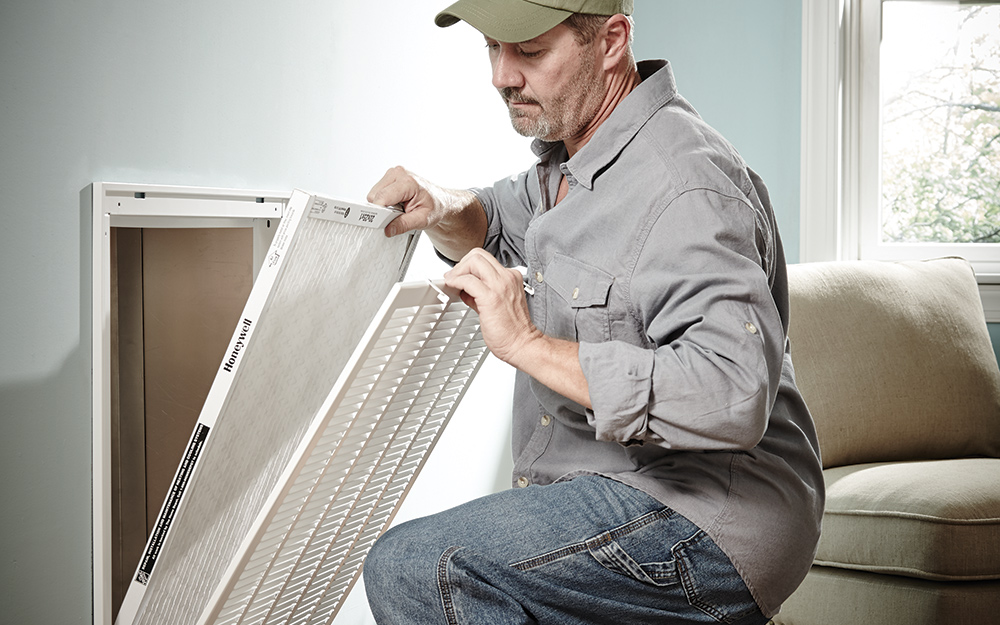9 quick secrets our experts swear by
By Jason Lindwall, President of Move Concierge
Moving can be overwhelming, which is why home service companies such as Move Concierge are in such high demand. When it comes to moving, we are experts. We’ve got hacks that extend beyond the typical advice — such as labeling boxes or packing room by room. Here are some underrated tips that seasoned Move Concierge partners swear by.
1. Color-Code Instead of Just Labeling
Labeling boxes is a given, but color-coding adds a visual shortcut that can save time and confusion. Assign a color to each room (e.g., blue for kitchen, green for bedroom), and put colored tape or stickers on each box. On moving day, a quick glance tells movers where each box belongs without needing to read every label. And don’t forget to color-code the top and a side of the box to make it easier to identify stacked boxes.
2. Photograph Your Electronics Setup
Before you disconnect your TV, Wi-Fi router, or computer setup, take a photo of the cable configurations. This helps immensely when you’re trying to remember which plugs go where, especially if you’re not tech-savvy or had your entertainment system installed by a professional.
3. Pack an ‘Open-First’ Box — and Label It Loudly
Most people remember to pack an overnight bag with essentials, but a clearly marked “Open-First” box with things like scissors, trash bags, toilet paper, paper towels, chargers, snacks, and a basic toolkit can be a lifesaver during those chaotic first 24 hours.
4. Secure Dresser Drawers Instead of Emptying Them
For lightweight items like clothing or linens, leave them in their drawers and secure the entire drawer with plastic wrap or moving tape. This saves packing time and reduces the number of boxes. Just be sure the furniture is sturdy enough to handle the move this way!
5. Use Soft Items as Packing Material
Instead of wasting money on bubble wrap, use towels, socks, and clothing to pad fragile items. It’s eco-friendly and maximizes every inch of your packing space.
6. Take Measurements Before Moving
Many people forget to measure doorways, elevators, and staircases in both locations. Your oversized sofa might fit into your old living room, but not through your new apartment’s stairwell. If you are relocating to a distant location, consider asking your real estate agent to handle this for you.
7. Create a Digital Moving Folder
Keep digital copies of lease agreements, moving company contracts, utility setup confirmations, and receipts in a single cloud-based folder (e.g., Google Drive, Dropbox). If you need something on moving day, you won’t be rummaging through boxes looking for paperwork.
8. Pack Your Closet Like a Pro
Instead of removing clothes from hangers, use a large garbage bag to group and wrap sections of your closet. Just tie the bag around the hangers — unpacking becomes as simple as hanging the bundles back up.
9. Schedule Utilities Early — and Double-Confirm
Waiting until the last minute to set up water, power, or internet can leave you without essential services. Schedule everything well in advance, and confirm at least a few days before your move to avoid any surprises. Or, make life even easier and connect with Move Concierge to handle the set-up of necessities like cable and utilities. Your personal concierge will present you with the best possible options at the best possible prices, and they’ll oversee the process through to completion, allowing you to focus on setting up your new home.
With these lesser-known moving hacks, you can reduce stress, save time, and start enjoying your new space sooner.







Recent Comments